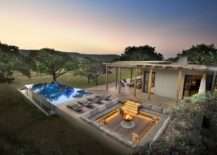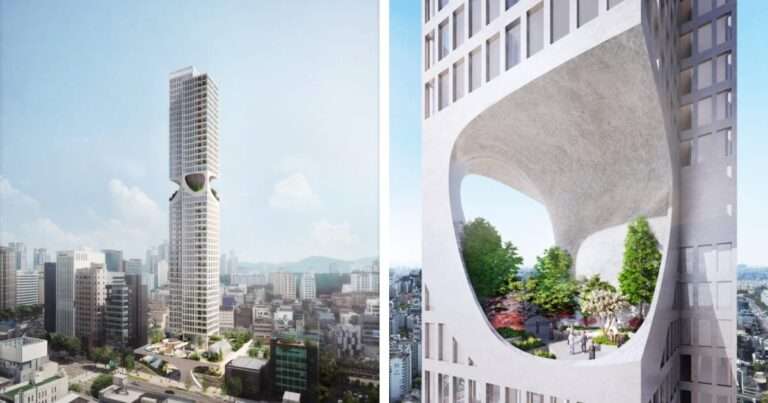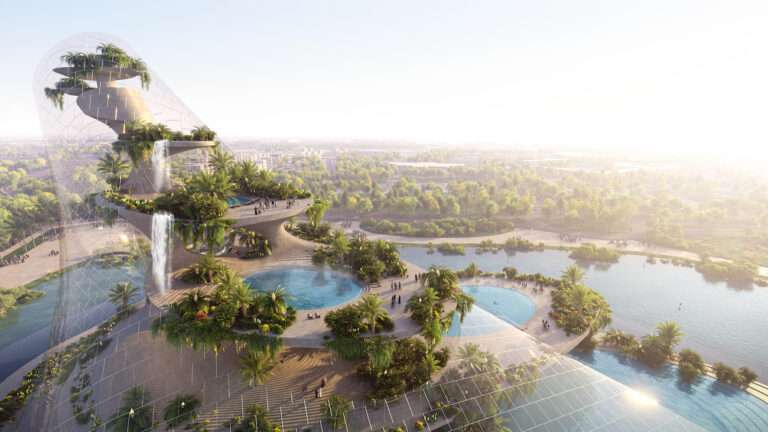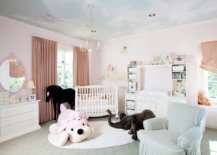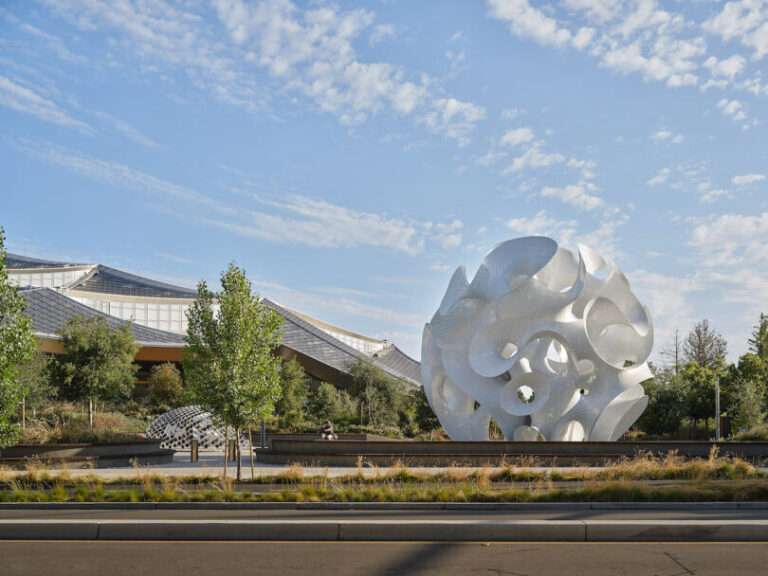Timraron 1118 Cabin, located on Timraro Island in the Stockholm Archipelago, harmoniously integrates with nature through its large windows and construction of wood and glass on a concrete plinth. It features two bedrooms, one facing the sea and the other the forest, and a cave-inspired bathroom with a bathtub facing the forest. The living area is spacious, with an island kitchen and a central fireplace. Decorated with high-quality Scandinavian interior products and recycled construction materials, the house offers a serene retreat amidst nature.
Credits:
Architects: NUDE Studio
Photographs: Anders Ingvartsen
Location: Sweden
Area: 90 m²
Year: 2018
